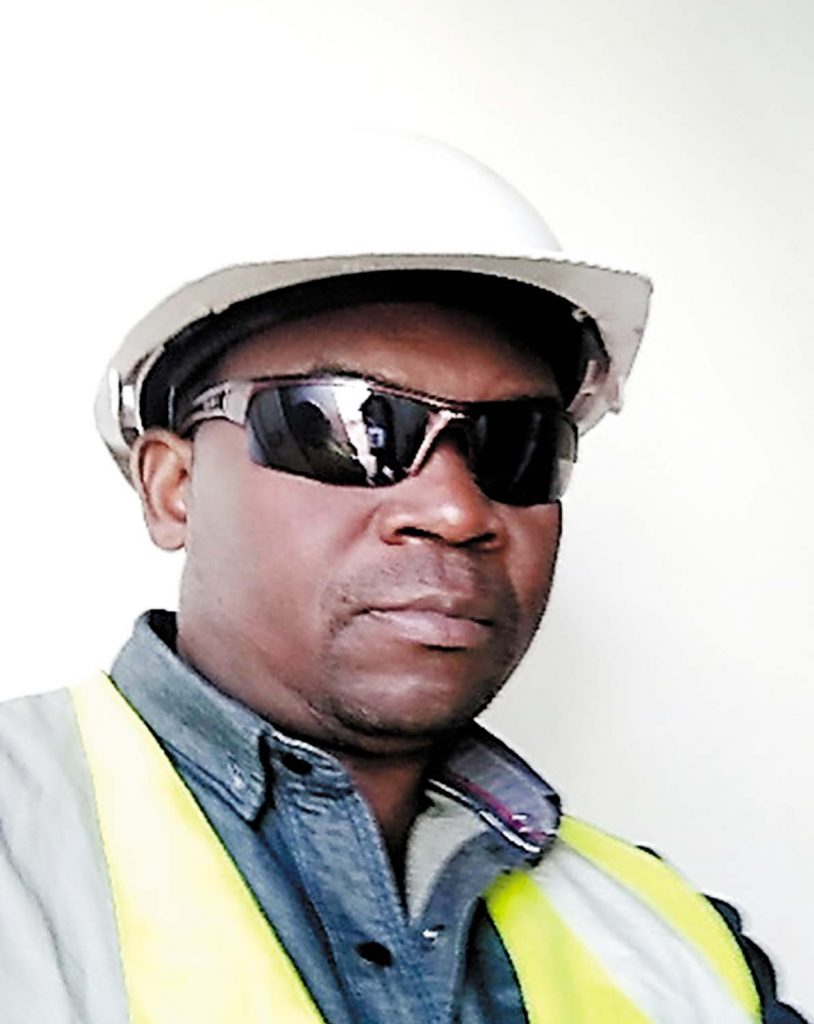
Mining
An overview of Hydrogeological Mine Evaluations and Dewatering
February 24, 2024 / Admin

Mine drainage or dewatering refers to the depressurization of water-bearing formations-such as aquifers which may occur over, under or within the material being exploited or quarried. This is done for different reasons that start and usually end with economics, but include absolute mining feasibility, operational efficiency, slope stability, ground movement and safety.
Mine drainage involves a wide variety of ground-water problems but application of evaluation techniques usually brings successful results. The determination of reliable aquifer characteristics in terms of-transmissivity or the hydraulic conductivity and the coefficient of storage together with knowledge of the aquifer geometry and the nature of boundary conditions, as determined by field exploration and testing methods, forms the basis for effective planning of mine dewatering systems.
There have been recent advances in aquifer modeling through the use of GIS, modelling tools, have increased the geoscientists ability to provide reliable quantitative evaluations in the complex geologic settings . Early integration of dewatering programs with the exploration, geotechnical, mine planning and operational efforts can have significant economic benefit.
Importance of Mine Dewatering
- To effectively lower the groundwater table outside of pits
- To reduce water inflow into pits, or remove water from pits.
- To remove excess water from unconfined aquifers.
- To eradicate the negative impacts associated with excessive water on mining site.
- To prevent mine flooding to maintain worker safety and avoid environmental damage.
- To ensure stability of mine walls during and after excavation
- To optimize mine production and reduce operational costs
1. Hydrogeological Conditions
The hydrogeologic evaluation of ground-water problems may not be difficult if the geology is clearly understood. Many situations, however, require extensive testing and evaluations rather than reliable projections of ground-water control. Solid rock aquifers,aquicludes or aquitards, in which water movement is through fractures, faults,joints,or fissures, tend to be the most difficult to evaluate. Unfortunately, investigations of many mining prospects concentrate on the ore that the potential for mine drainage problems is neglected until late in the planning stage.
The potential impact of ground water inflow to a mine can often be assessed at the pre-feasibility study stage. It is very important that hydrogeological investigation is started at the same time as the geological investigation.
The hydrogeologist can often determine the extent of ground-water problems by reviewing existing borehole exploration logs. Unfortunately, exploratory boreholes are usually drilled to delineate and evaluate ore bodies, and insufficient attention is given to logging and classifying unconsolidated materials and water-bearing rocks. With minimal additional expense, exploration boreholes can be used to show depths of unconsolidated sediments, classification and lithology of bedrock, zones of caving and water production from an air drilling operation.
2. Properties of Water bearing Formations in a Mine
Evaluations of mine ground-water problems have in common the determination of certain properties of the water-bearing formations and their hydrogeologic environment.
(a) Boundary Conditions.
Boundary conditions include sources of recharge, such as surface water bodies or leakage through other formations, or barrier boundaries such as impervious layers on valleys, which represent no-flow or lesser flow conditions in part of the affected area. Recharge conditions are improperly understood during mine excavations
(b) Local Water Budget.
The local water budget of an aquifer is the long-term allocation of the available inflow water–from precipitation, regional flow or recharge sources-to components of natural or artificial discharge. The water budget determines the perennial or seasonal replenishment that a mine drainage system will have to handle after a requisite amount of local aquifer storage is depleted. In many instances, the water budget analysis is critical to the long-term water supply available to the ore process plant. The planning, execution and evaluation of such tests, and the determination of the adequacy of data also forms fundamental basis.
(c) Aquifer Coefficients. Transmissivity (T)
The measure of the ability of the entire thickness of a unit of aquifer to transmit water from place to place in response to a unit gradient. It is the algebraic product of hydraulic conductivity and aquifer thickness. The Coefficient of Storage (S) represents the amount of water released from (or added to) storage in the pore space of a unit volume of rock in response to a unit of head change. Reliable values for these coefficients permit mathematical projections by standard equations of aquifer behavior in response to pumping. Particularly important in many mining situations is the degree of uniformity of these properties–vertically and horizontally within the area influenced by mine water pumping.
. 3. Conclusion
Geologic and soil formations at the mine will dictate the type and application of water control systems during dewatering process. The hydrogeologist can review existing data, prescribe testing procedures and specify methods for dewatering open of the mines. These methods have their respective limitations; but with an understanding of the geologic and hydrologic conditions of the mine, dewatering is very effective, feasible.































